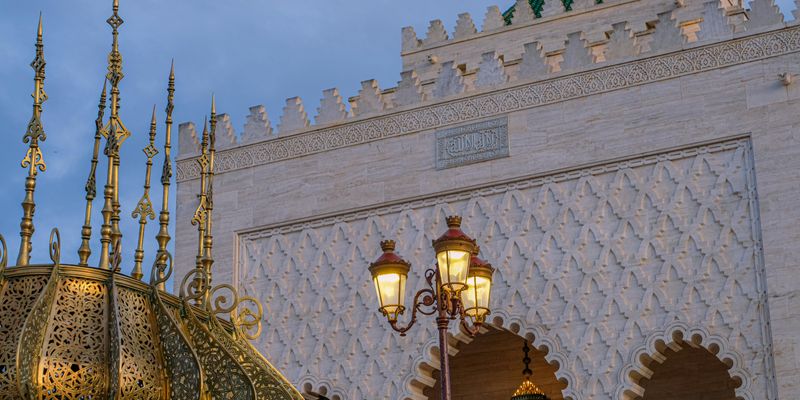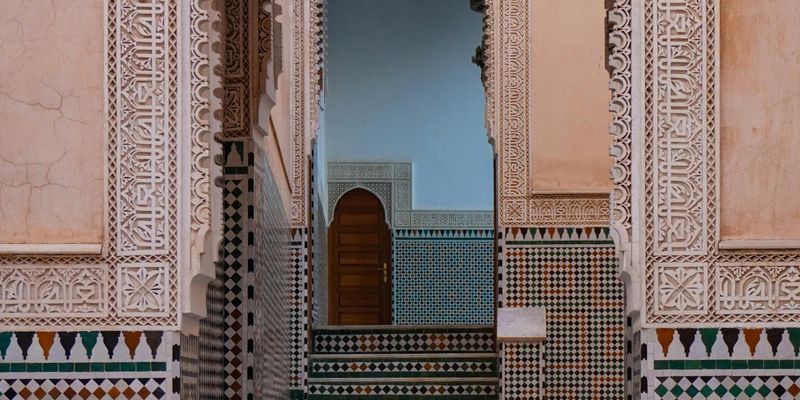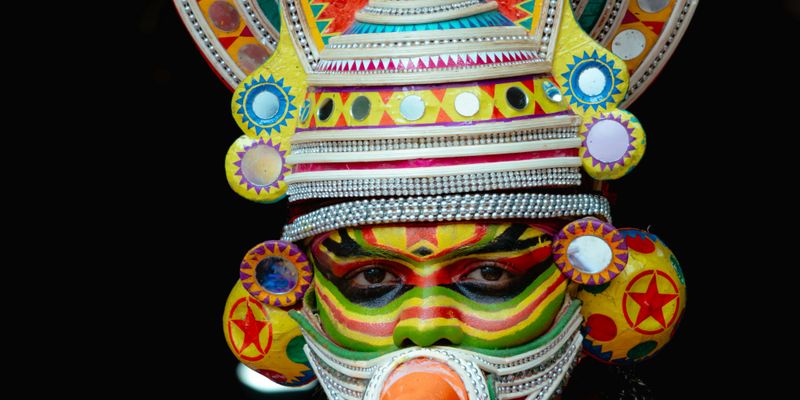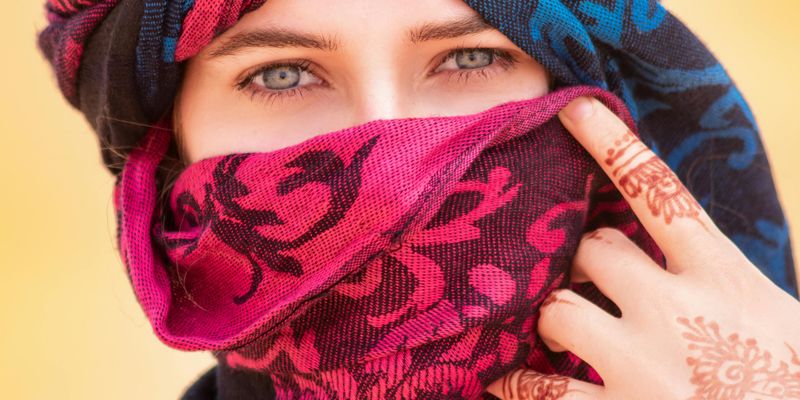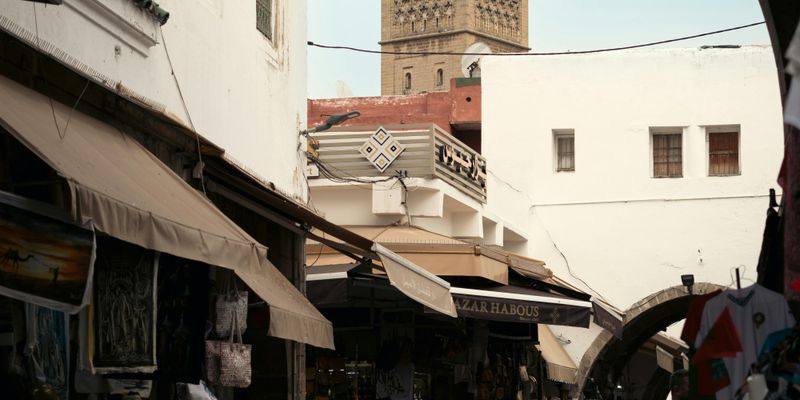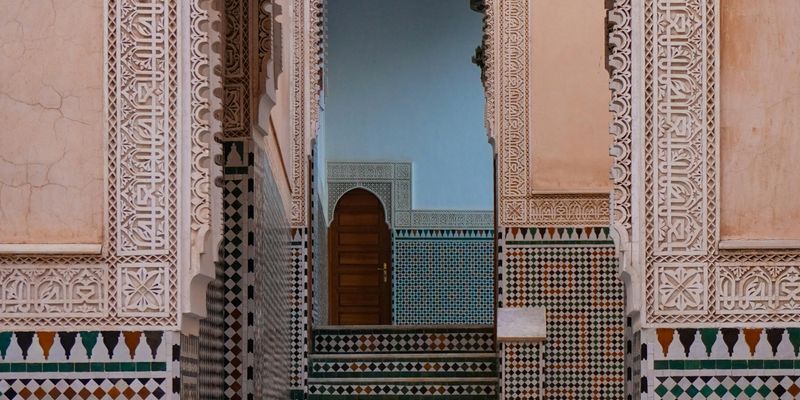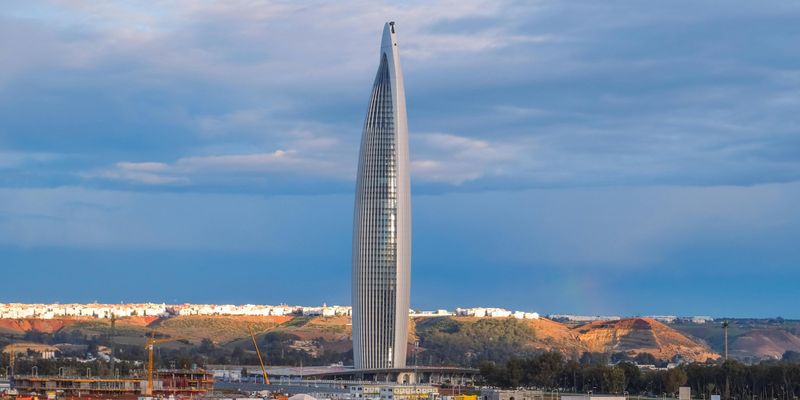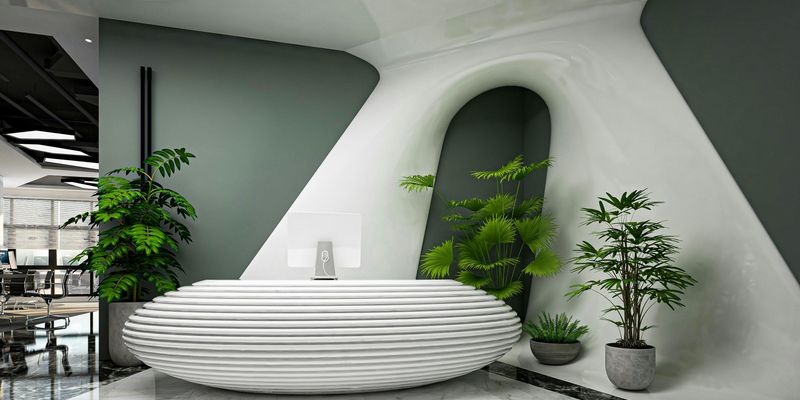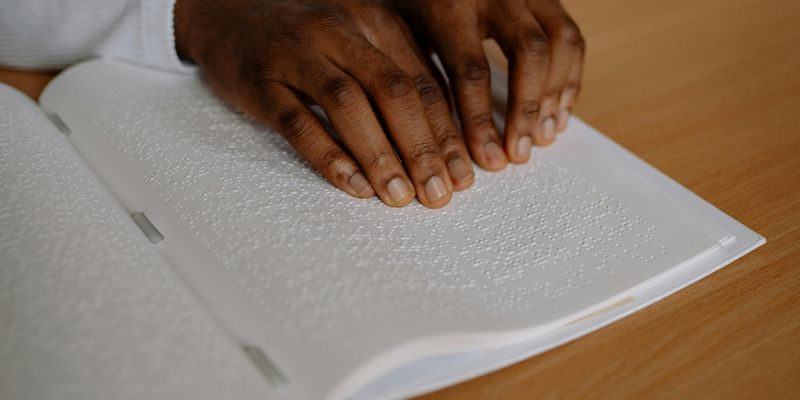
Introduction
Welcome to Morocco, a land where the sun kisses vibrant landscapes and traditions weave through the air like the sweet scent of mint tea. One of the most intriguing aspects of this beautiful country is its linguistic diversity. Language in Morocco is not merely a means of communication; it’s a tapestry rich with history, culture, and connection. Join me as we explore how language shapes the Moroccan identity and fosters connections among its people.
The Linguistic Heritage of Morocco
Morocco’s linguistic landscape is a reflection of its complex history. The primary languages spoken are Arabic and Berber (Tamazight), each with its own dialects and idiosyncrasies. Arabic, mainly in its Moroccan dialect known as Darija, is the language of daily life—filled with local expressions and colorful phrases that express warmth and humor.
On the other hand, Berber languages, particularly Tachelhit, Tamazight, and Tarifit, are vital to the cultural identity of many Moroccans, especially in rural regions. During my travels in the Atlas Mountains, I was enchanted by the greeting “Azul!” (Hello in Berber), which resonated like music in the air, connecting me immediately to the locals.
The French Influence
The historical presence of the French has also left its mark, making French a second language in education, business, and government. As a child, I often found myself switching between Arabic and French during conversations with friends, which helped me navigate a society glued together by diverse identities. It’s fascinating to observe how many Moroccans blend French words into their everyday vocabulary, illustrating the adaptability and fluidity of language here.
Spanish Echoes
Let’s not forget the northern regions, where the proximity to Spain has bequeathed Spanish as another living language, particularly among older generations. In cities like Tangier and Tetouan, you’ll hear phrases sprinkled with Spanish, reminding us of a rich shared heritage across the Mediterranean. As I sat in a café in Tetouan, enjoying a traditional Moroccan pastry called *baklawa*, I delighted in the blend of Spanish and Arabic spoken around me, an example of the fusion that makes Moroccan culture so vibrant.
Language as a Connector
Language in Morocco is more than just words; it embodies connection. It opens doors to understanding the multitude of perspectives that the Moroccan people hold. During my first visit to a local souk (market), I chatted with a vendor selling handwoven rugs. With a mix of Arabic and a few phrases in Berber, I learned about the stories embedded in each piece, tales of family and heritage that transcended mere commerce.
Events like *Moussem* (local festivals) provide a grand stage where language plays a pivotal role, with poetry, music, and stories shared in multiple dialects, honoring the unity in diversity that is Morocco. I remember attending the Moussem of Tan-Tan, where the blend of languages launched me into the heart of Moroccan culture, allowing me to experience a spectrum of emotions and connections through dialogues and performances.
Embracing the Tapestry
In a world that sometimes feels increasingly polarized, Morocco stands as a testament to the beauty of linguistic plurality. As someone who was raised in this melting pot, I cherish the profound lessons I’ve learned from our languages. They are not mere tools for communication but rather threads that connect us in our shared human experience, bridging differences and creating a sense of belonging.
So, the next time you find yourself in Morocco, take a moment to listen. Try greeting someone with “Salam” or “Azul,” even venture to sprinkle in some French or Spanish if you can. You’ll not only engage with the language but also engage with the heart and soul of a land that celebrates every facet of its rich cultural tapestry.
Conclusion
In conclusion, the languages of Morocco are a vibrant tapestry that embodies its rich history and diverse culture. They create connections that go beyond mere words, weaving a deeper understanding among its people and visitors alike. Let your journey through Morocco be one where you embrace its linguistic richness; after all, language is the pulse of the Moroccan experience.
